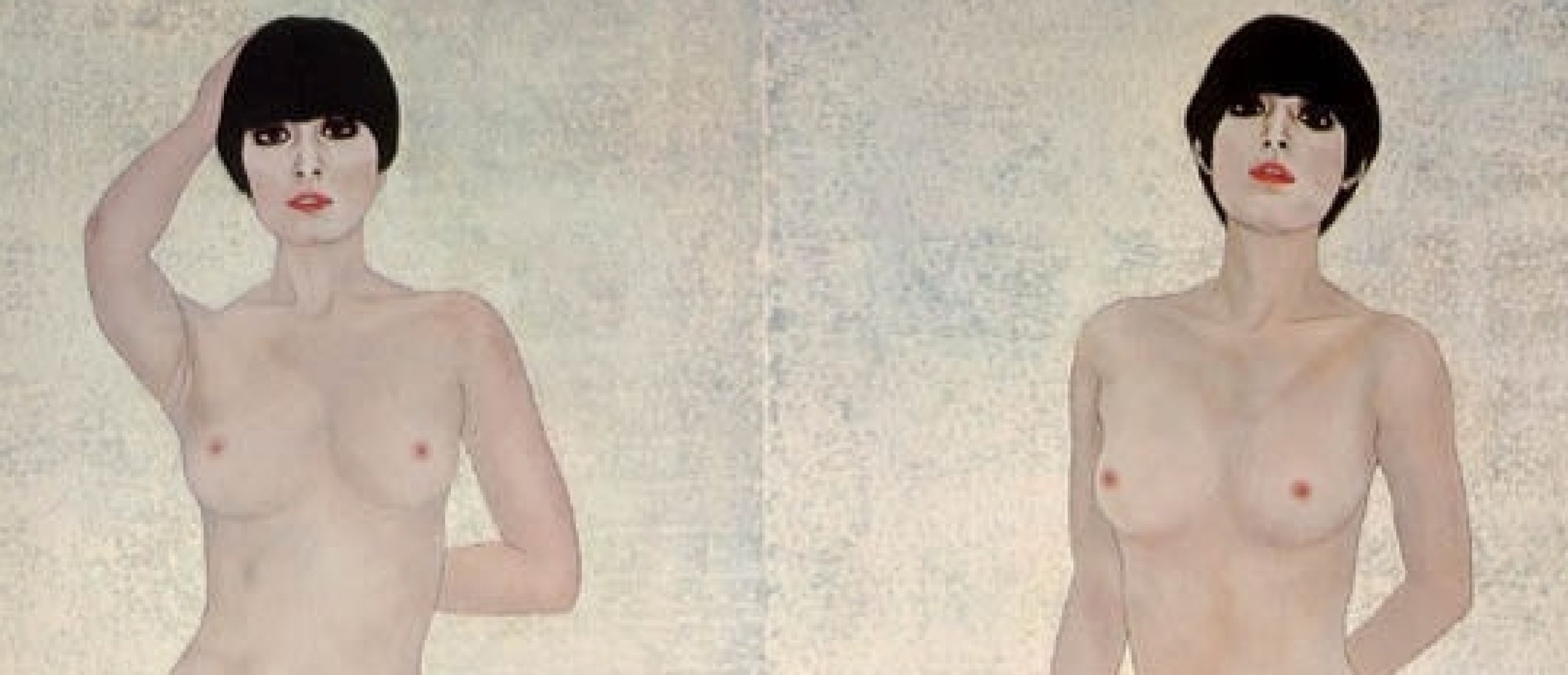
Japanese artist Matazō Kayama (1927-2004) is often classified as a nihonga painter. Nihonga is a term that means paintings in the native style and thus, opposes yōga, the Western manner that appeared when the Japanese artists were allowed to study abroad. Yet, looking at some of Kayama's stunning paintings (e.g. Sad Deer, 1954), you'll probably label them yoga, and it won't be far from the truth. The artist blended different techniques and styles as many inventive painters did. His femmes fatales decorated with lace and gold prove him as a follower of both native traditions and European modernism that was, in its turn, inspired by Japanese art.
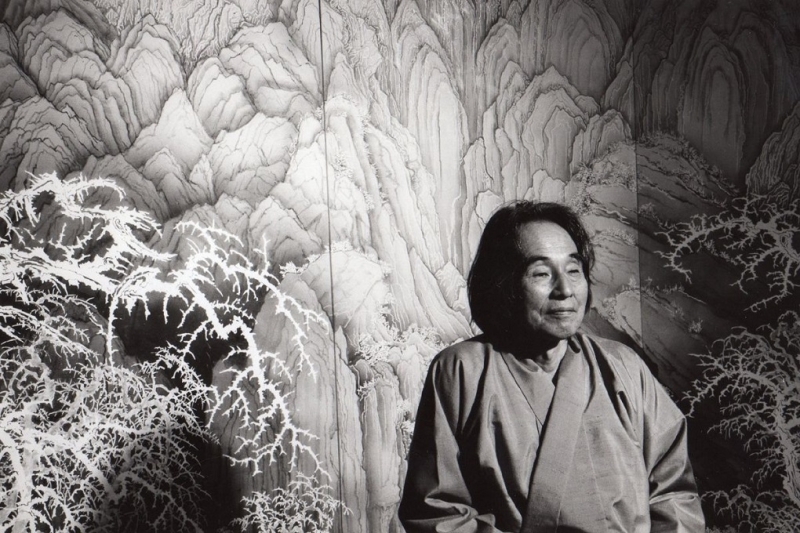
Fig. 1. Matazō Kayama (pinterest.com)
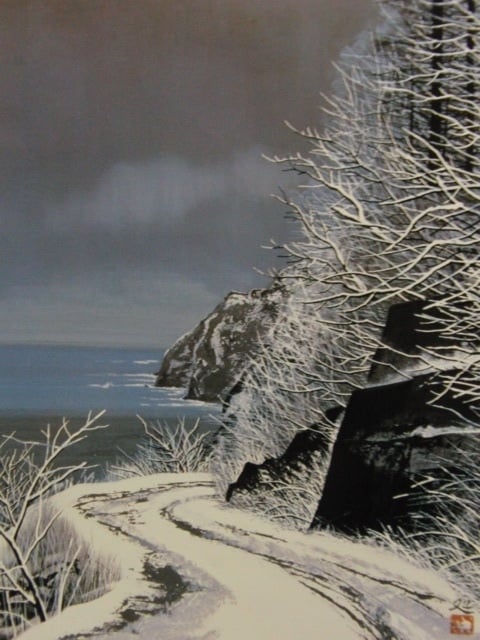
Fig. 2. Umi no Michi, Sea Road (page.auctions.yahoo.co.jp)
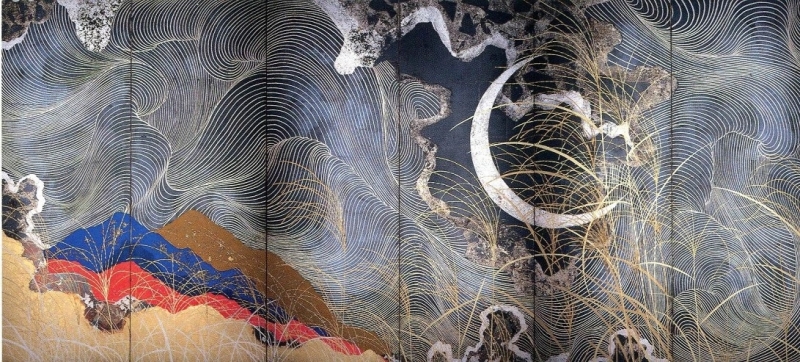 Fig. 3. Folding screen (pinterest.com)
Fig. 3. Folding screen (pinterest.com)
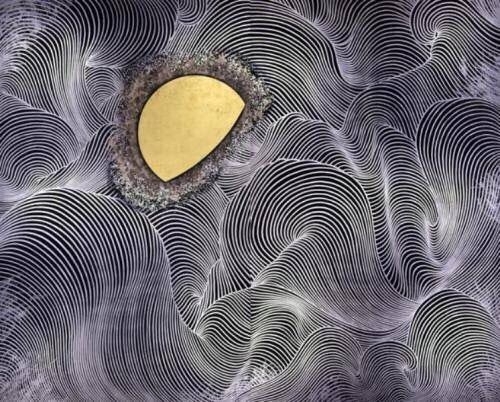
Fig. 4. Moon, 1978 (pinterest.com)
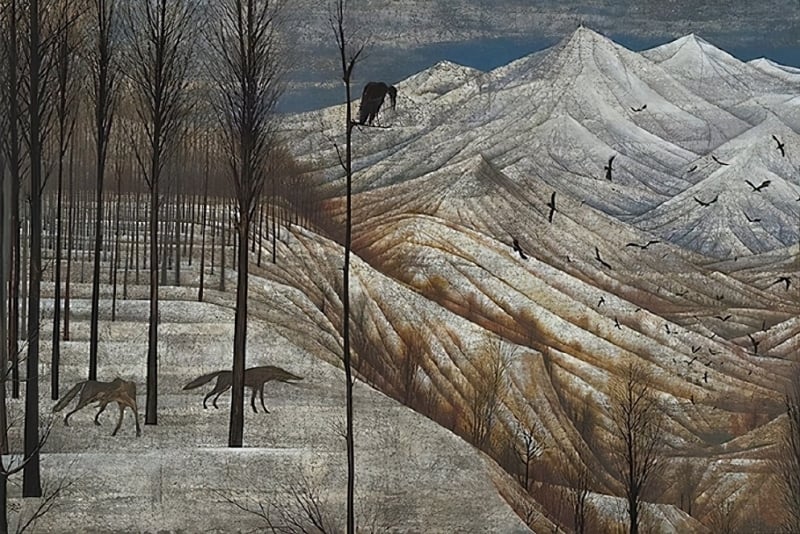 Fig. 5. Winter, 1957 (byteimg.com)
Fig. 5. Winter, 1957 (byteimg.com)
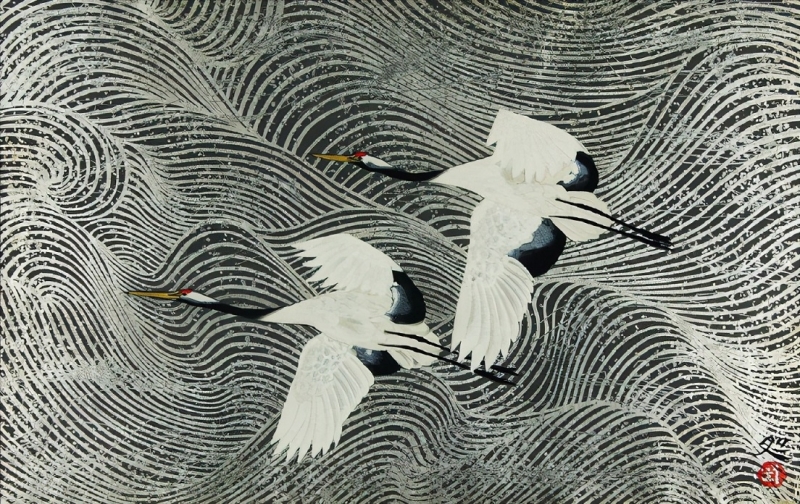 Fig. 6. Cranes, original title unknown (byteimg.com)
Fig. 6. Cranes, original title unknown (byteimg.com)
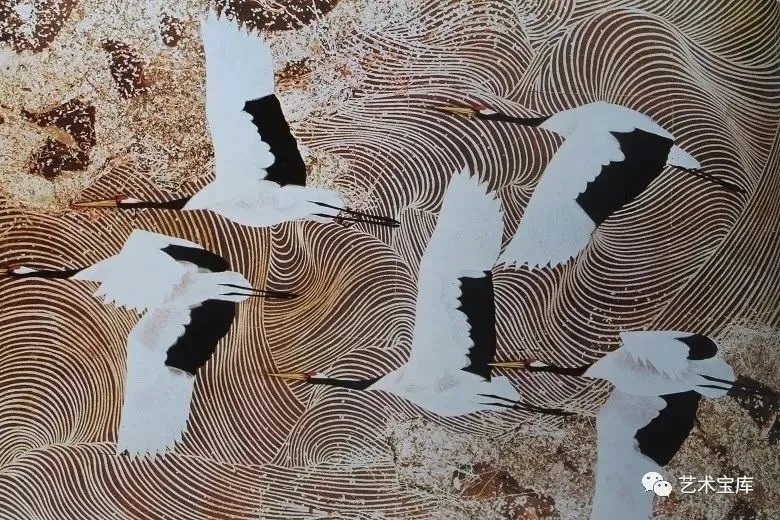 Fig. 7. Cranes, original title unknown (byteimg.com)
Fig. 7. Cranes, original title unknown (byteimg.com)
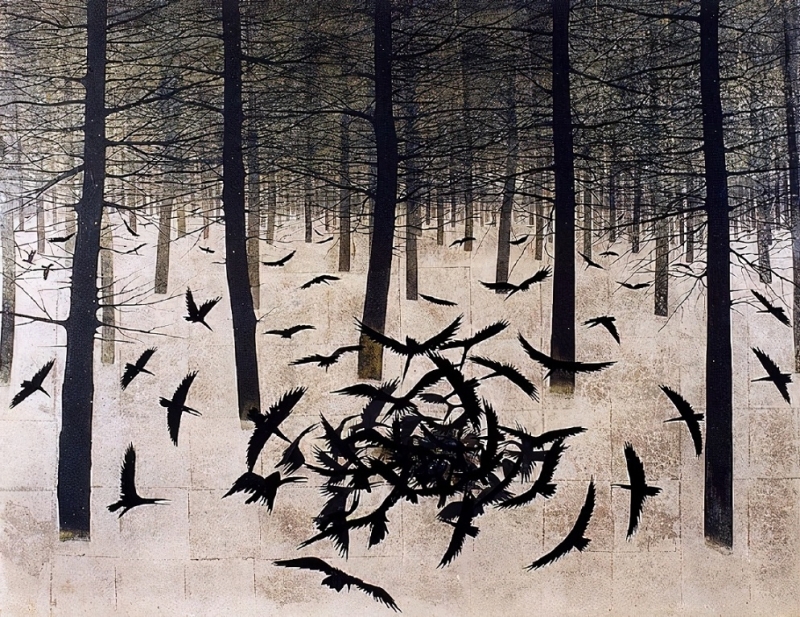 Fig. 8. Birds in the snow, original title unknown (byteimg.com)
Fig. 8. Birds in the snow, original title unknown (byteimg.com)
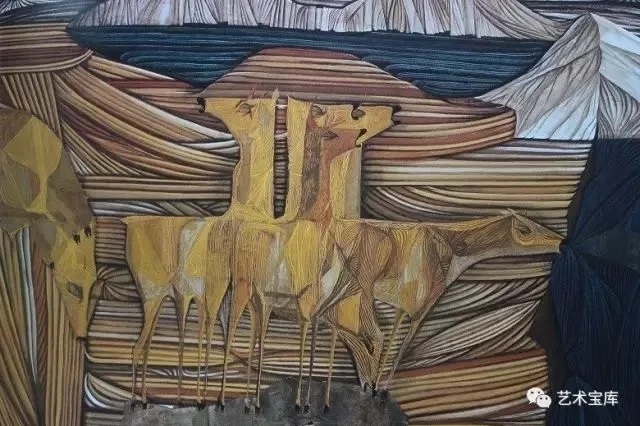
Fig. 9. Sad Deer, 1954 (xuehua.us)
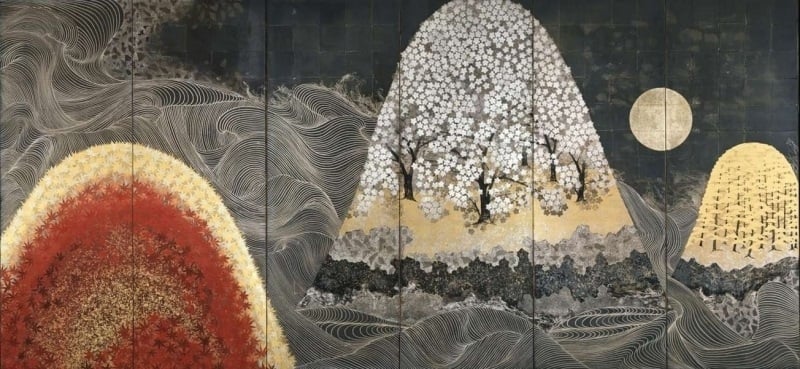
Fig. 10. Spring and autumn waves, 1966 (yourblog.in.ua)
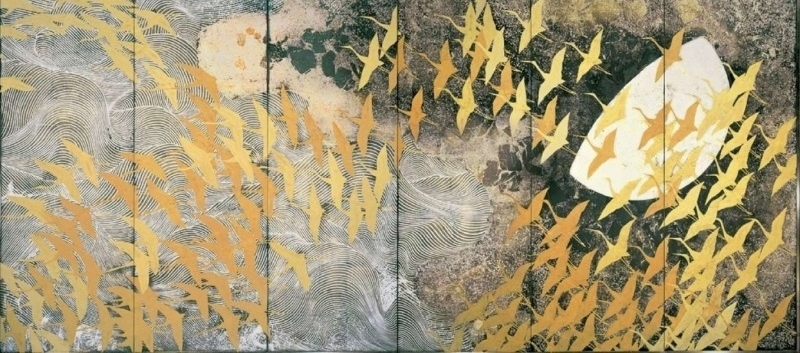
Fig. 11. Thousand origami cranes, 1970 (yourblog.in.ua)
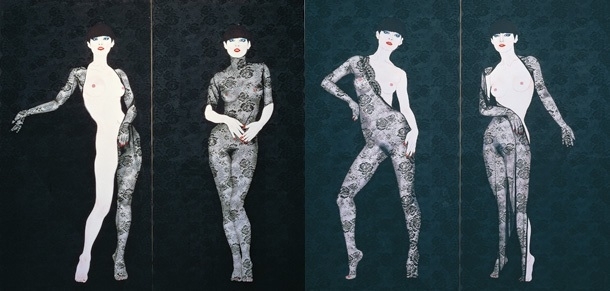
Fig. 12. Nude woman with black roses, 1976 (livejournal.com)
Early Years And Studies
Kayama was born in Kyoto in a family of kimono designer Katsuo Kayama. He grew up among textile patterns in his father's studio and conveyed these intricate designs in his large-scale works afterward. Kayama started drawing at the age of 13 and enrolled in the painting department of Kyoto City University of Arts several years later. In 1944, he relocated to Tokyo and entered the Japanese painting department of Tokyo Fine Arts School. Soon, in 1945, he had to interrupt his studies due to the mobilization but managed to resume the following year. Despite his father's death at the end of the war, the artist continued to study at the university until graduation in 1949 and supported his mother and sisters in Kyoto. His teacher was Kyujin Yamamoto.
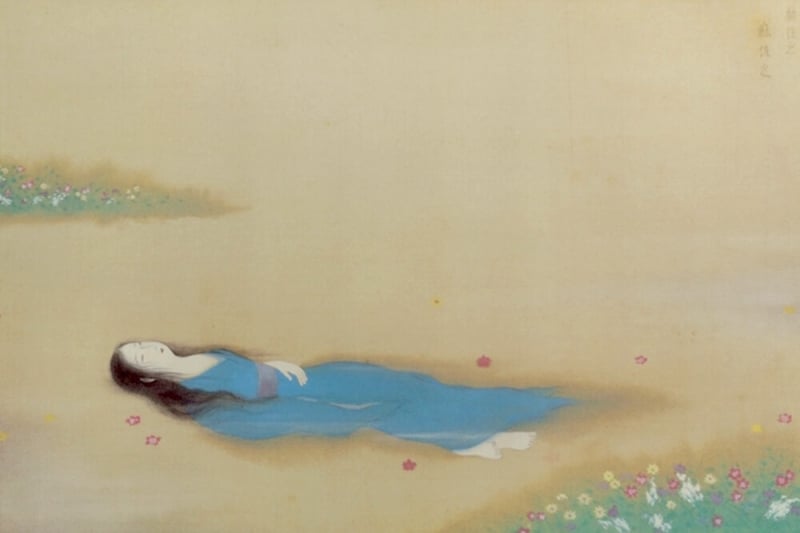 Fig. 13. Kyujin Yamamoto, Ophelia on the Water (twitter.com)
Fig. 13. Kyujin Yamamoto, Ophelia on the Water (twitter.com)
Japanese Ophelia By Kayama’s Teacher
Yamamoto was a nihonga painter as well, and among his works, there's one the most illustrative for us to understand what nihonga really means. In 1926, Yamamoto created a beautiful image of dying Ophelia. And it's literally the illustration for Shakespeare's play, not the depiction of a drowning maiden typically resembling the character since the image is entitled Ophelia on the Water. Yet it's accomplished in a recognizable Japanese manner, with Ophelia looking like a Japanese maiden who's lost her reason due to her father's death and her lover's cruelty (the extent of violence and insolvability of conflicts in Shakespeare's works make nihonga illustrations pretty appropriate). Unlike the character of Millais' painting, Yamamoto's Ophelia doesn't drown. She miraculously floats in the air and reminds us of the sleeping beauty. The peacefulness of the picture may imply a notion that her madness was a revelation and her death - a unity with nature resulting in a Buddhist state of nirvana.
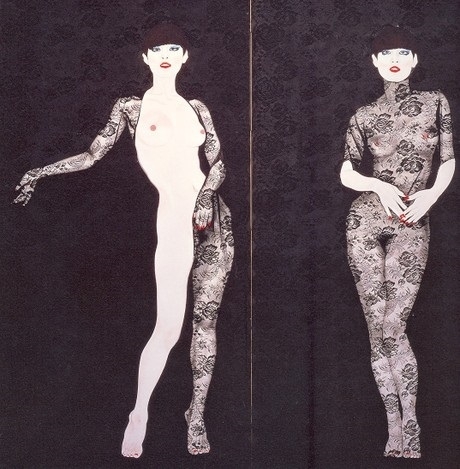
Fig. 14. Matazo Kayama. Nude woman with black roses, left part (twitter.com)
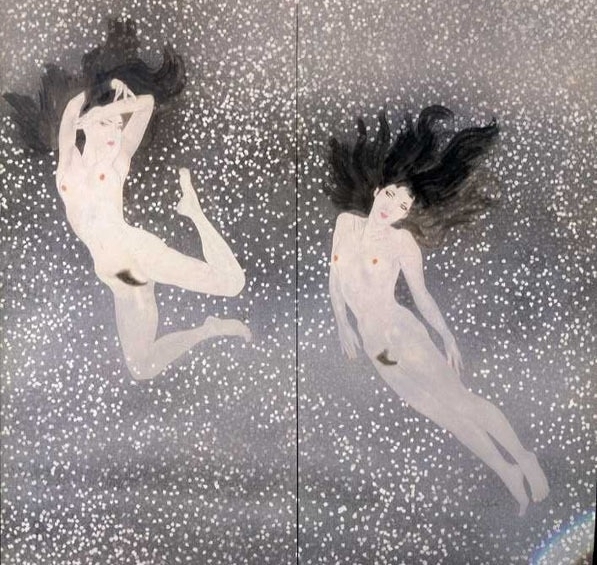
Fig. 15. Nude on a folding screen, original title unknown (livejournal.com)
Back To Kayama
After a brief look at the works of Yamamoto, let's turn back to his gifted student Kayama. In 1949, he graduated with a degree in painting and, a year later, began participating in the exhibitions of The Association of Young Artists (Shinseisaku gakai), where he was awarded four times. Since 1958, Kayama was a face of modern Japanese art as he took part in many expositions abroad. In 1988, he became a professor at the Tokyo University of Arts. He was honored with many awards, among which was the Prize of the Ministry of Culture (1980).

Fig. 16. Study for female nude, 1974 (livejournal.com)
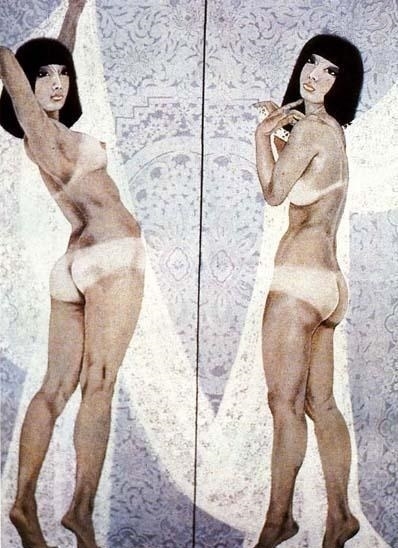
Fig. 17. Study for female nude, 1975 (byteimg.com)

Fig. 18. Study for nude (page.auctions.yahoo.co.jp)
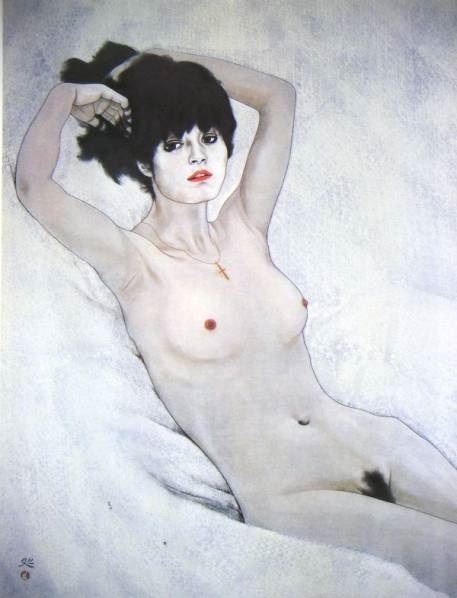
Fig. 19. Study for nude (page.auctions.yahoo.co.jp)
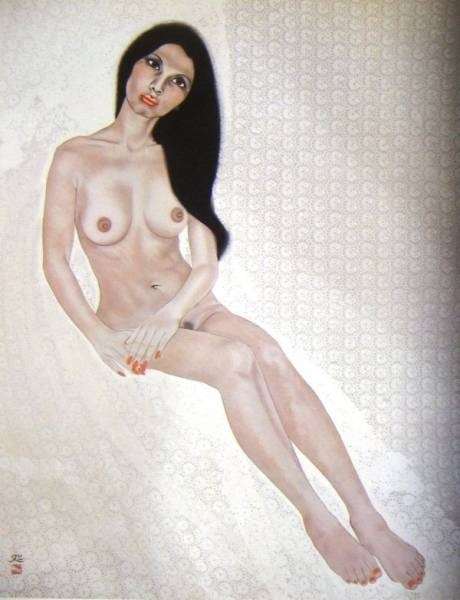
Fig. 20. Nude study, unfinished (page.auctions.yahoo.co.jp)
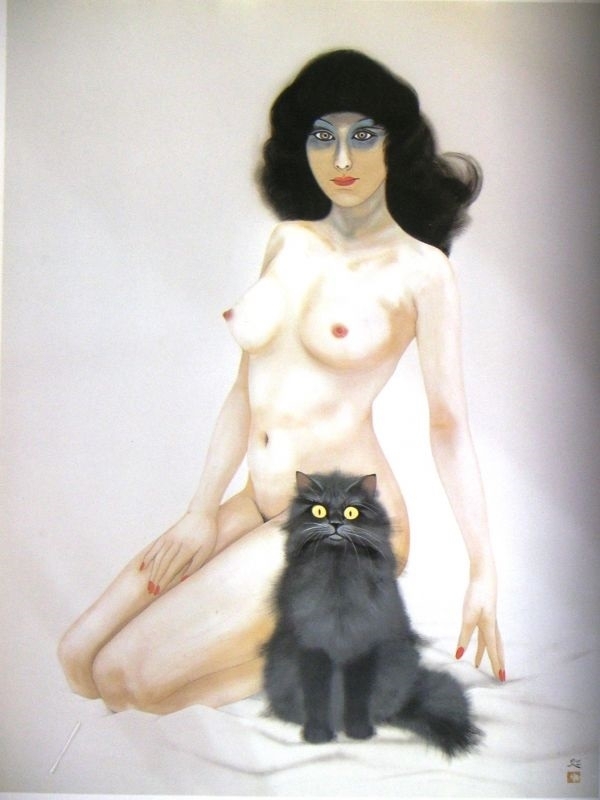
Fig. 21. Hashineko (page.auctions.yahoo.co.jp)
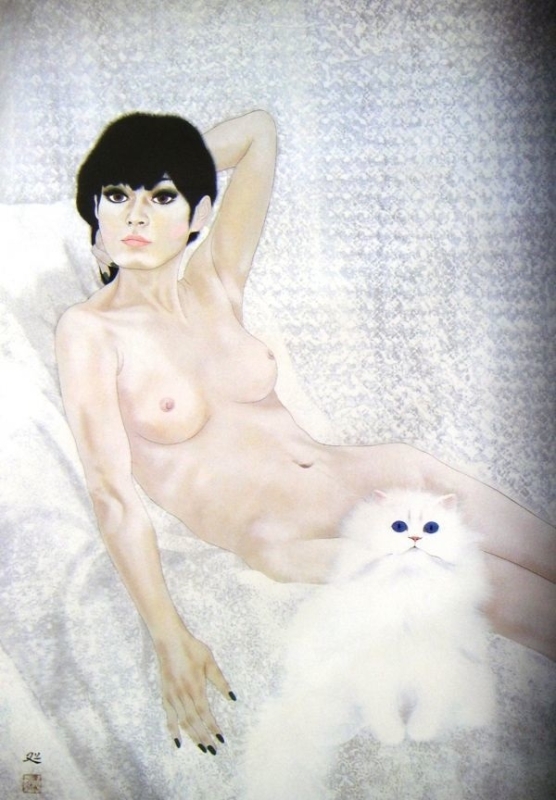
Fig. 22. Nude Woman Toneko no Study (page.auctions.yahoo.co.jp)
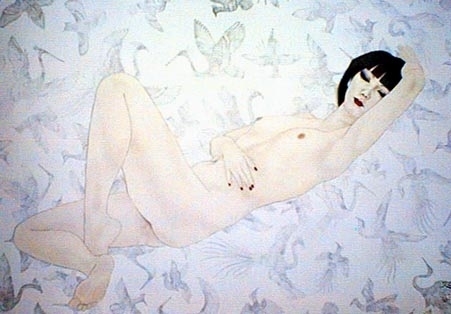
Fig. 23. Nude woman (ameblo.jp)
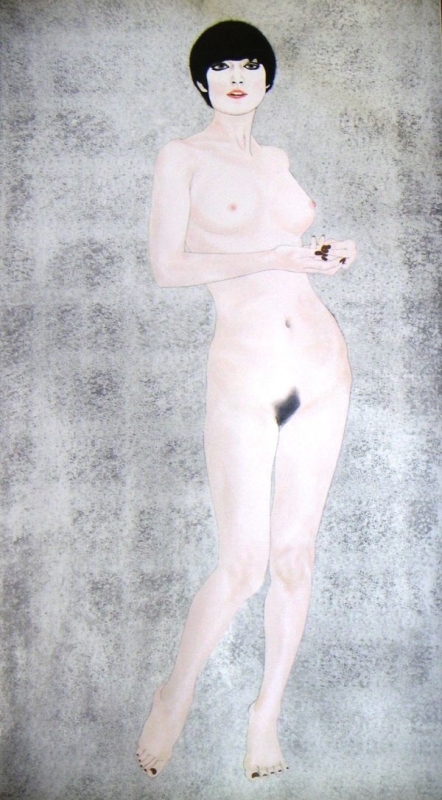
Fig. 24. Study for female nude (page.auctions.yahoo.co.jp)
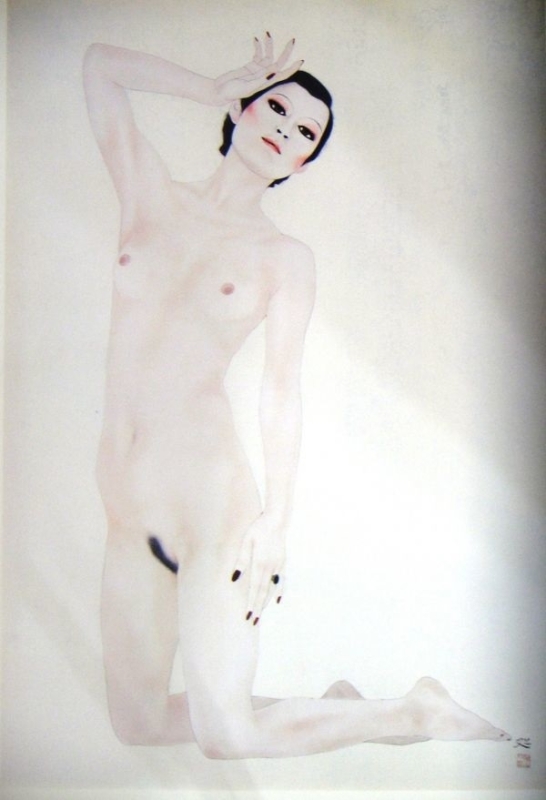
Fig. 25. Study of white nude (page.auctions.yahoo.co.jp)
Take a look behind our Premium curtain and check out the complete article with more info (text) and twice as much of Matazo Kayama's nudes
Click HERE for the seductive nude pin-ups of the French artist Alain Aslan
Sources: Wikipedia.org; tanjand.livejournal.com; tobunken.go.jp
Let us know your thoughts about the article in the comment box below...!!
